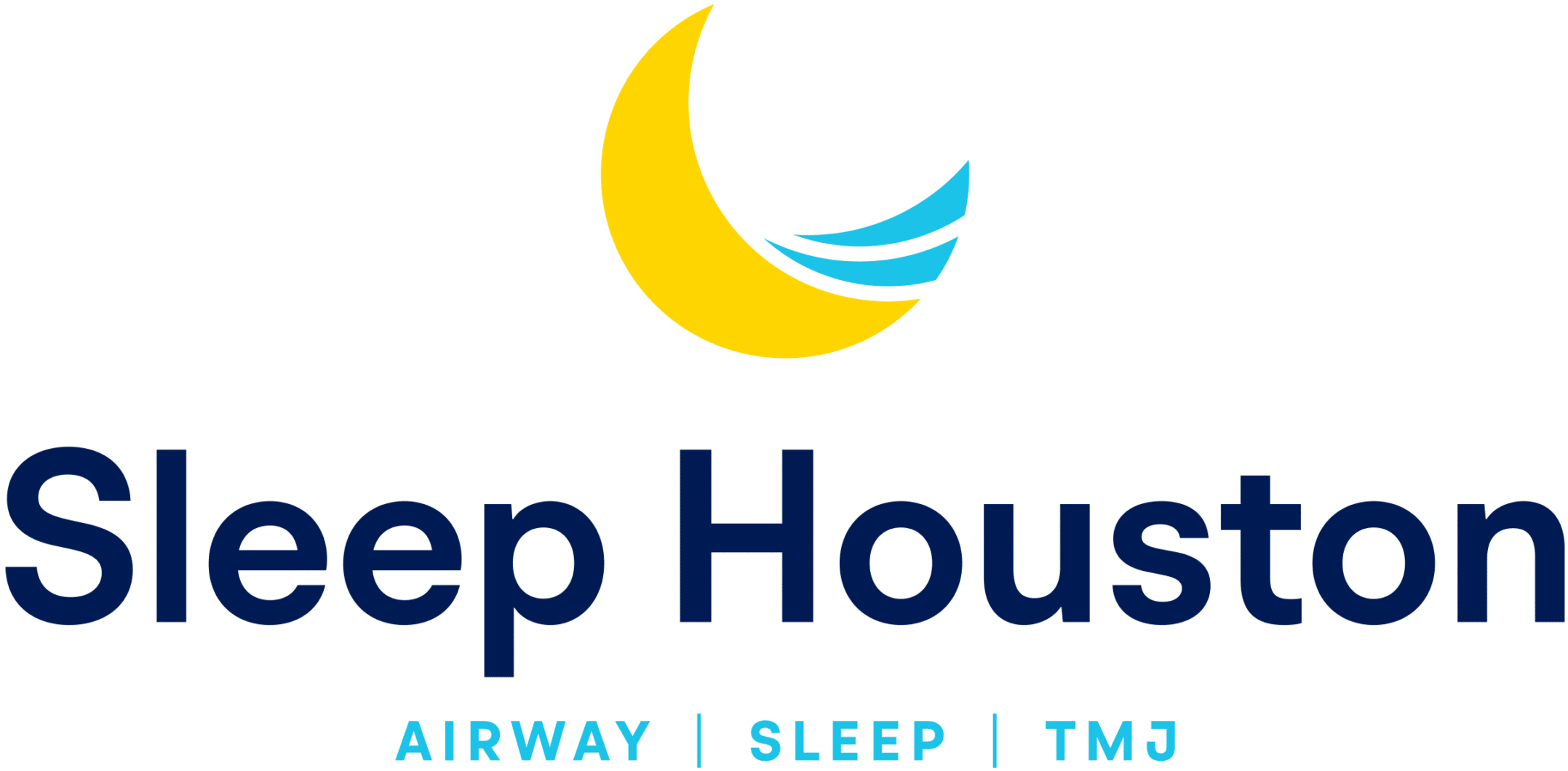America is gradually becoming a country of severely sleep deprived people with millions of us going through their daily lives feeling tired and exhausted and not knowing why.
Sleep is a universal need of all higher life forms. Humans spend about one-third of their lives asleep, yet most of us know little to nothing about the science of sleep or how important it is for our overall health. Studies show that the absence of daily deep, restorative sleep may have serious health consequences.
In the early 1900’s medical science believed that the brain shut down, turned off, and went to sleep when we went to sleep. Around 1925 scientists made the discovery of the existence of brain waves. Soon after the electro encephalogram (EEG/brain waves) was invented and we learned that the brain was actually more active in the deep sleep stages that it is when we are awake. Finally in the late 1970’s, science and medicine started looking more closely into sleep physiology. What are our brains doing so actively when we are sleeping, and exactly what are the effects on us?
Much has been learned in the last 50 years. Simply put, when we are in our deep sleep cycles, our brain is processing and storing memories, it is directing the restorative processes in our organs and tissues to repair the molecular damage to our cells that have occurred during our hours of wakefulness. The brain is regulating hormone production and release, boosting our immune system, and a hundred other processes as it tries to keep out bodies in a state of optimum health. So one third of our lives are spent asleep, storing memories and rebuilding cells that have been damaged during the two thirds of our lives in wakefulness.
In all biological activities in the human body, the essential molecular component that must be abundantly present is oxygen. The brain is 2% of our body weight but consumes over 20% of the oxygen from our blood supply. We can live for over 2 months without food, but we can live only 3 days without water, and permanent brain damage begins after only 4 minutes without oxygen, and brain death often occurs when oxygen is deprived for 5 to 6 minutes!
Breathing disorders often occur during our sleep. When we drift off into deep sleep our brain signals the muscles to relax, gravity pulls the tongue and palatal tissues back into our throat and this can constrict or obstruct airflow into the lungs. Oxygen receptors in the arteries send this information back to the brain which in turn sends a message to awaken you, in order to establish an open airway to keep the oxygen flowing to the brain. But you do not gain consciousness of this event and you move your head and body until your airway opens again and air is flowing again into your lungs.
With some patients, this can occur 30-40 times per hour, without you being aware or gaining consciousness. This is called Obstructive Sleep Apnea or OSA. The National Institute of Health estimates that 26% of all adults between the ages of 26-70 have Sleep Disordered Breathing (SDB), and to make this even more significant 90% of these individuals are not aware that there is a problem and their disease has never been diagnosed by a physician. So there are more than 60 million people suffering from undiagnosed OSA in the United States alone.
Very often, your sleep partner or family members notice the signs of sleep apnea before you. If you’ve been told you snore loudly, gasp for air, or seem restless during sleep, it may be time to see a specialist for an evaluation and sleep test.
The person’s symptoms can vary from the imperceptibly subtle (hypertension) to more obvious symptoms during sleep like snoring, cardiac arrhythmias, diabetes, abruptly awakening with a choking sensation, decreased sex drive, nighttime sweating, morning headaches, brain fog, forgetfulness, fatigue and excessive daytime sleepiness.
One symptom that seems to predominate is the sense that the person is just not getting restful, restorative sleep. People they report feeling fatigued and tired all the time. Adults over 40 often simply attribute it to the aging process, and fight through it and accept it as a normal consequence of getting older. Instead of “flat lining” through life, those suffering from undiagnosed OSA can be treated easily and successfully with CPAP (continuous positive air pressure) devices, surgery to remove the obstruction, or a simple dental appliance to open the airway by moving the jaw and tongue forward.
There are simple overnight sleep tests that can determine more precisely a person’s specific condition. In the past, these tests were done in an overnight sleep lab. These are called Polysomnograms and are considered the gold standard of sleep tests. In the last 3-4 years the Home Sleep Test was developed that gathers more than enough data for a sleep physician to diagnose and grade most sleep disorders including OSA. This allows the patient to test at home in their own bed instead of an overnight visit to a sleep testing lab.
To find out more and to take a simple online screening test go to www.sleephouston.com to find out if you may have a sleep breathing disorder and what you can do to treat it.


